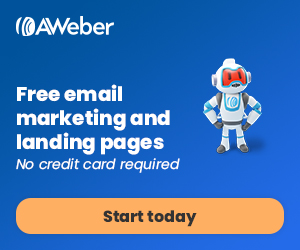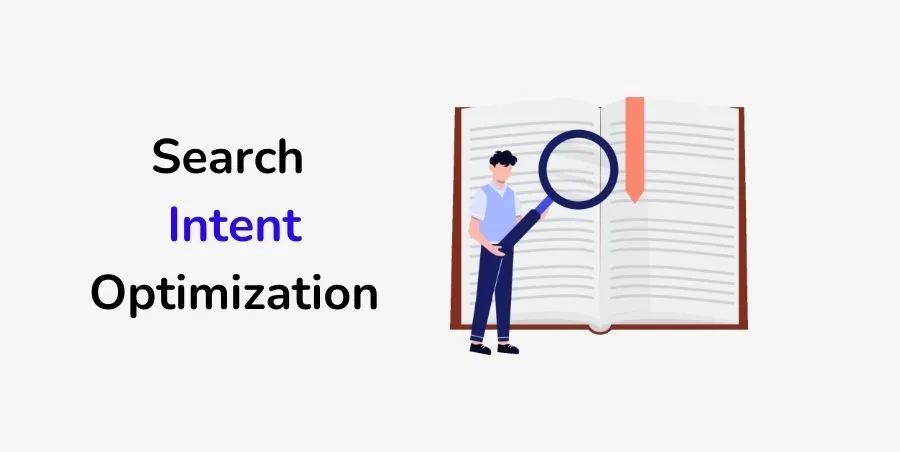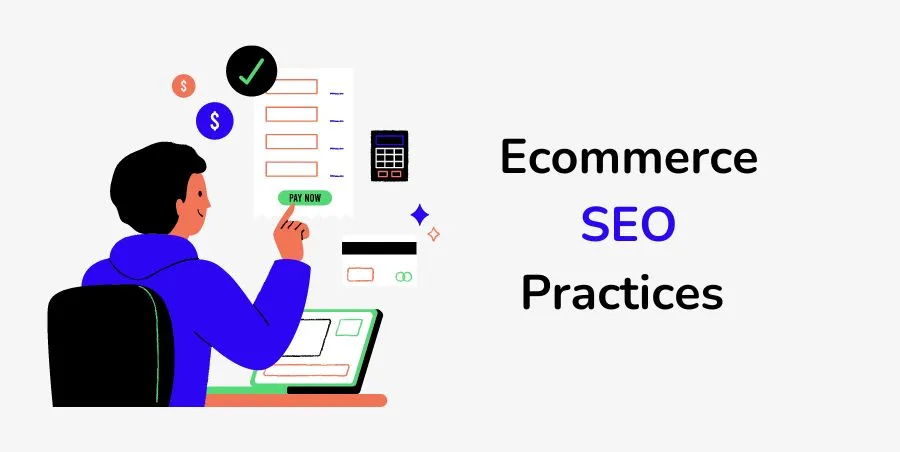Email marketing has a high return on investment (ROI) — roughly $36 for every $1 spent. That’s a higher return than you can expect from any other marketing strategy, whether digital or otherwise. This guide shows you how to create an effective email marketing strategy.
But first, did you know that over 319.6 billion emails were sent and received in 2021? According to Statista, this number is expected to increase to 361.6 billion by 2024 and 376.4 billion by 2025.
Surprisingly, the global email marketing market was valued at $7.5 billion in 2020 and is projected to increase to $17.9 billion by 2027.
So, what is email marketing? Simply put, it sends a business message to people using email. It is a strategy through which businesses send emails to potential or existing customers, business partners, or any other stakeholders.
Now that you understand why having an email marketing strategy is essential for the success of your online business let’s explore the process inside out.
Disclosure: This content is reader-supported, which means if you click on some of our links, we may earn a commission, but the price on your end remains the same.
Creating an Email Marketing Strategy in 10 Steps
Email marketing is an effective way to promote your business online — it has been proven to increase sales by up to 300%. It is an easy way to reach customers and prospects through various channels. It is an innovative tool to promote new products, services, and events.
If you want to start using email marketing as part of your strategy, here are 10 tips and tricks to ensure you get the most out of your efforts.
#1 Find an Email Marketing Platform
By now, I assume you already have some digital products or services, like ebooks, online courses, podcasts, or blogs. But if that’s not the case, check how to start a blog or write blogs or articles.
That aside, there are many email marketing platforms out there. And if you’re a complete beginner, you may check providers with free plans.
One of the excellent tools you can use is GetResponse, a powerful, simplified tool to send emails, create pages, and automate your marketing.
Their free plan can accommodate up to 500 contacts, unlimited newsletters, and 1 free landing page, and you can create signup forms and popups. Check/ them out.

Alternatively, you can check out Aweber, an email marketing platform helping over 100,000 small businesses globally to keep up with their subscribers.
They also have a free plan that helps you collect up to 500 email subscribers, landing pages, push notifications, signup forms, and free email templates, among other features.
You may consider many more providers, like Convertkit, which has a free plan that helps beginner creators create unlimited landing pages and forms and send unlimited emails.

Or even Sendinblue, whose free plan helps you collect unlimited contacts and send at least 300 emails daily. The lite plan starts at $25/month, while the premium plan starts at $65/month.

Check various email automation platforms, review their features and pricing, and select the most favorable one. Consider features like email subscriber limits, landing pages, daily email sending limits, email validation and segmentation, A/B testing, and pricing.
#2 Give People Opt-In Options
One of the first things you should do when starting any marketing campaign is to set up an opt-in form. This will allow people to sign up for your emails so you can send them more relevant messages. You can use tools like the WPForms plugin to help with this process.
And if you’re wondering what an opt-in form looks like, check out mine, and subscribe to receive my weekly newsletter:
Your email providers will allow you to create an email signup form like mine and many more. You can also include popups or give resources or marketing funnels like ebooks and checklists in exchange for contact details. Give incentives to grow your audience.
#3 Email Validation
As the name suggests, email validation verifies whether email contacts in the above stage are deliverable and valid. The process also confirms whether a particular email address exists with a reliable domain such as Gmail or Yahoo.
There’s no point in holding emails that aren’t working. After all, having an invalid email is much more costly than not having that email. Remember, some email marketing platforms charge per number of subscribers.
Lucky for you, many email validation platforms and services are out there. For instance, I recommend you check out Pabbly, which does Email Verification at a slow speed to guarantee the most accurate results.

Some of the benefits of verifying your email contacts include:
- Reducing email bounce rate
- A higher return on investment
- Reducing the efforts of fixing bounces
- Lowers spam reports
- Increases click-through rate and conversion rate
- Saving you the risk of contacting risky email accounts
See, there are many reasons why you should always consider email verification.
#4 Email Segmentation
Now that you have a verified email list, we need to segment the subscribers into smaller groups based on specific criteria. For instance, you can base your segmentation on interests, location, or anything that will help you deliver the right content to the right audience.
For instance, email subscribers whose content you got after downloading an affiliate marketing ebook would probably be interested in content about the same subject. Email segmentation will significantly impact the success of your email marketing strategy or campaign.
#5 Define the Scope of your Campaigns
Email campaigns serve different purposes; some aim chiefly at growing an audience, while others focus on boosting sales and increasing website traffic and reach.
It would help if you knew what your campaign intends to achieve and stuck to it. Also, set a clear plan, realistic targets, and KPIs to monitor the campaign’s outcome.
#6 Write Awesome but Simple Copies
Most email marketing providers offer free email templates and drag-and-drop features that help you create excellent email copies. They also have resources on how to write email content that increases the click-through rate and conversions.
You can check out Sender, which allows you to collect up to 2,500 subscribers for free, have email automation features, and enables you to send up to 15,000 emails per month.

While writing your email copies, do not exaggerate or overdo the design. Just be direct to the point, although you should be creative simultaneously. Great email content increases your click-through rate, so I want you to:
- Understand your target audience’s interest while writing copies
- Use clear and actionable language
- Personalize your emails
- Go direct to the point, and establish relevance right away
- Be as straightforward as possible
#7 Attention-Grabbing Subject Line
You should also use a subject line that gets attention. This will help people decide whether to open your email or not. Make sure to keep it short and simple.
You can use A/B testing to experiment with the title with a high open-through rate and then send it to the other audience on your list.
#8 Email Automation
You can use tools like Aweber to schedule your email, ensuring they are sent to the target audience at the right time. It help you grow, sell and engage your audience on one platform.
In addition to creating landing and eCommerce pages, the tool helps you with email automation. Some of the benefits of automating your email marketing campaigns include the following:
- It requires minimum intervention
- Automation increases brand awareness and consistency
- It is a carefully planned email marketing strategy
- It can also increase the conversion rate
#9 Track Progress
One advantage of an email marketing campaign is that it is easy to track results – based on email deliverability, open rate, click-through rate, and conversion rate. The email marketing platforms like Aweber and Convertkit also give you the outcome of small marketing campaigns.
For instance, you can check the number of subscribers each form gave you, which can help you strategize where to include popups and opt-in forms. Other relevant email progress KPIs include bounce, complaint, unsubscription, and forward/share rates.
#10 Test and Refine
Having tracked the performance of your email marketing strategy, now it’s time to report on what worked and what didn’t. And then making adjustments, especially on the email copy and subject lines, to increase open rate, click-through rate, and conversion rates.
We can give you all the advice in the world, but the best results will come down to the combinations that work best for your business. Multiply what worked the best, correct the mistakes, and keep validating and updating your list.
Conclusion
Email marketing is crucial for the success and sustainability of your online business. And to get started as a beginner the right way, you should:
- Find an affordable and reliable email marketing platform
- Build opt-in forms and popups
- Validate your email lists
- Segment your subscribers into smaller groups
- Define the scope of your email campaign
- Write great email copies
- Create attention-grabbing subject lines
- Automate your email campaign
- Track progress
- Test and refine your email marketing strategy
Let me know if you have any questions regarding email marketing.
If you find the information resourceful, you can subscribe to our YouTube Channel and follow us on Facebook and Twitter for more updates and amazing content.
Which email marketing platform do you use, if any?


